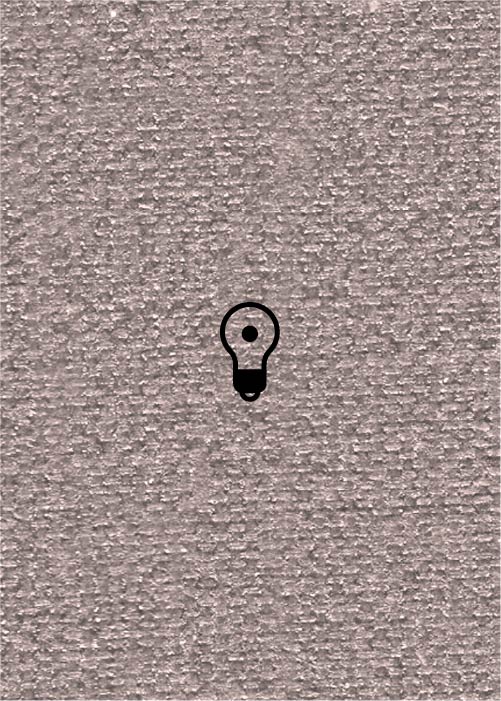(410 results found)

Krakoviak (LKT)
… near Poltava]. Cahan 1957, p. 490 (#226-28) . “Besides the melody I have found no Polish parallels to all of the … p. 490 (#227) . “ ‘Oykh a krakovianke.’ Also with the melody of a krakoviak ” [Pinsk]. Cahan 1957, p. 490 (#229) … . “ ‘Oyfn broder shtegn’ ... The manner of dance of this melody (Polish krakoviak ) follows...” [Galicia, 1920s-30s]. …
La Gallarda matadora
… example is the song Nací en Álamo . This song's beautiful melody comes from the Greek song Nas Balamo that was set to … a caesura into two hemistiches of eight syllables each. The melody of the romances, consisting usually of four phrases …

Patsh Tants (LKT)
… dance’ ( shtiler- tants ), which they danced without melody...[but] the ‘silent dance’ is nothing more than the …

Kozak (LKT)
… 1966, p. 667 . “‘...Let’s dance the kozak ;’... The melody is that of a ‘Polish mazurka.'” [Galicia, 1920s-30s]. …

Kozatske (LKT)
… she is poor and cannot pay for it. The first part of the melody is of Jewish origin, the latter part is Russian and …

Kaboles-Ponem (LKT)
… door to greet the groom, playing there a special groom’s melody [ khasn-motiv ].” [Kremenits, Poland, pre-World War …

Forshpil (LKT)
… liturgical poems with a special tune called ‘Spinholz melody.’ After the evening meal, the beadle strode through …

Flash-tants/fleshltants (LKT)
… two forms of dance... the dance itself is performed to the melody of the tune ‘the beroyges dance’, which is the traditional melody for the entire section of dances. The second style of …

Flakstants (LKT)
… to dance the ‘flax dance’. The klezmorim began to play the melody for this dance and they couldn’t get it right -- … and gave them the special tune. And once they caught the melody, grandmother became very excited and performed a … It is difficult for me to remember the movements and the melody. However it is worth adding that the others, the …

Pastukhel (LKT)
… than in the Moldavian original...The structure of the melody correspondings [sic]” to the unfolding of the plot: … it becomes more dramatic...The concluding part is a dance melody. ‘Dos pastekhl’ is one of the richest and most … folk songs. A certain non-Jewish influence heard in the melody is probably Ukrainian. In the middle part of the …



